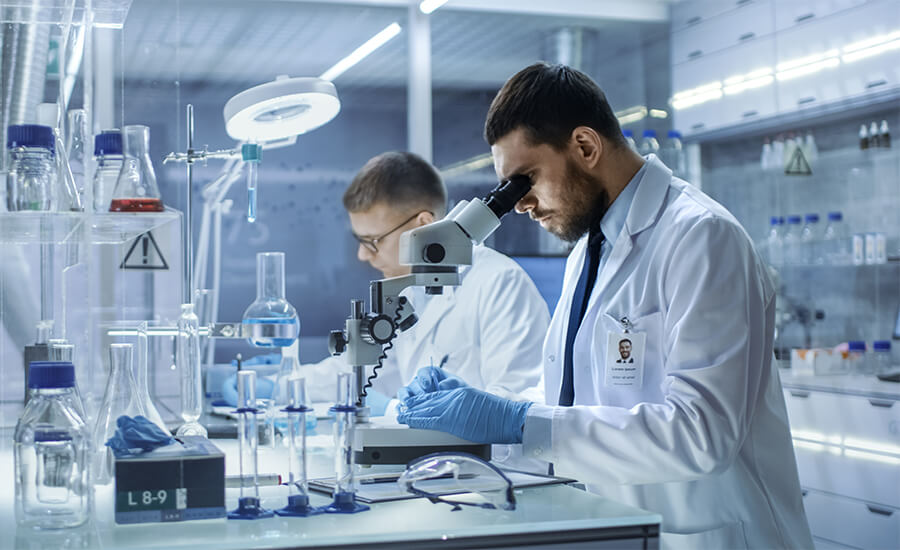Contributing to people's
wellbeing worldwide
The Mechanism of ACC
ACC is a Nanomaterial with an amorphous molecular structure.
Its unique morphology makes it distinct from the typical crystalline phases in its physical, chemical, and biomedical activity characteristics. The latter is characterized by a defined, organized crystalline molecular structure, typically in the form of micrometric particles.
Volumetrically, these particles are about 1,000,000 times larger than the nanometric ACC particles.
Due to its molecular structure, chemical properties, and solubility profile, ACC is thought to work as a pH-dependent drug.
It will become soluble and active only under acidic conditions.
It decreases the inflammatory response by counteracting the local acidity.
As local acidosis is common to many inflammatory and
inflammatory-associated disorders, ACC was studied and shown to affect several inflammatory diseases.
Helping People
Amorphical is a pioneering biotech company that develops and manufactures unique natural-based medicines and dietary supplements with high bio availability aiming at the improvement calcium absorption and management, in tandem with balancing the body’s acidity level (pH) derived by various biomedical conditions. These features are critical for maintaining the health and repairing bone deficiencies, the treatment of severe diseases while aiding the development and strengthening of the body.
Amorphical’s leading scientists succeeded to stabilize and preserve a rare natural form of calcium used by nature’s most sophisticated “calcium-producing machine” – the blue crayfish, and to develop a unique nanometric substance called amorphous calcium carbonate (ACC), which helps improve people’s health and quality of life.

Innovation
The blue crayfish has a unique ability to store the calcium it needs for periodically regrowing a new exoskeleton in a rare and highly unstable form known as amorphous calcium carbonate (ACC).
Amorphical managed to successfully imitate this process, producing ACC stabilized in its amorphous form. Amorphical has 123 patents: 55 already registered in different countries and another 68 in a registration process.
BLUE CRAYFISH
(CHERAX QUADRICARINATUS)
The blue crayfish, also known as the sapphire crayfish or the Florida crayfish, lives in freshwater environment without readily available sources of calcium. Like other crustaceans, it must molt their exoskeleton for further growing, and then promptly build a new, larger one. The desired hardness of the exoskeleton requires high levels of calcium to bond with the organic matter (similar to what happens in bones and mollusks). And while other crustaceans need up to one month to regenerate a new exoskeleton, the blue crayfish does it in mere 3 days, minimizing its chances of being eaten while unprotected.
To get a quick supply of large amounts of calcium, the blue crayfish has developed an amazing ability to use a rare form of calcium called nanoparticulate amorphous calcium carbonate (ACC). This is a very unstable polymorph (phase) of the highly abandoned biogenic or geologically deposited crystalline calcium carbonate. About a week before molting begins, the blue crayfish stores the ACC in two gastroliths, or stomach stones, attached to its stomach walls. Then, when needed, the ACC is released within only 3 days, allowing the crayfish to build an entire exoskeleton and set of teeth.






